Complete Guide to Cane River Creole National Historical Park in Louisiana, including Things to do, history, directions, hours, and so much more.

Cane River Creole National Historical Park
Cane River Creole National Historical Park preserves and protects two of the most intact Creole cotton plantations in Louisiana and the United States.
Both Oakland and Magnolia Plantations are open for visitors to learn more about the cultural landscape of plantations in the United States.
About Cane River Creole NHP
Cane River Creole NHP is split between two plantations that can easily be visited on the same day. They are about 15 minutes away from each other.
Each of the plantations tells a different story of what life was like on a Southern Plantation. Both of the plantations were passed down through generations of the same families.
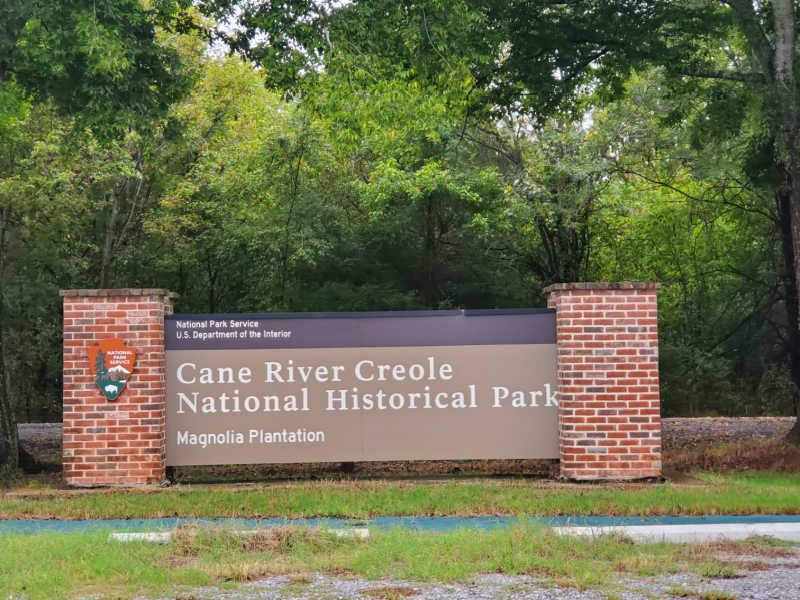
Is Cane River Creole National Historical Park worth visiting?
It's worth visiting Cane River Creole National Historical Park if you're into history and culture. It is a beautiful and peaceful place to visit, it has expansive grounds and gardens, and a tranquil setting along the Cane River.
Whether you are a history buff or simply looking for a peaceful and picturesque place to visit, Cane River Creole National Historical Park is definitely worth considering.
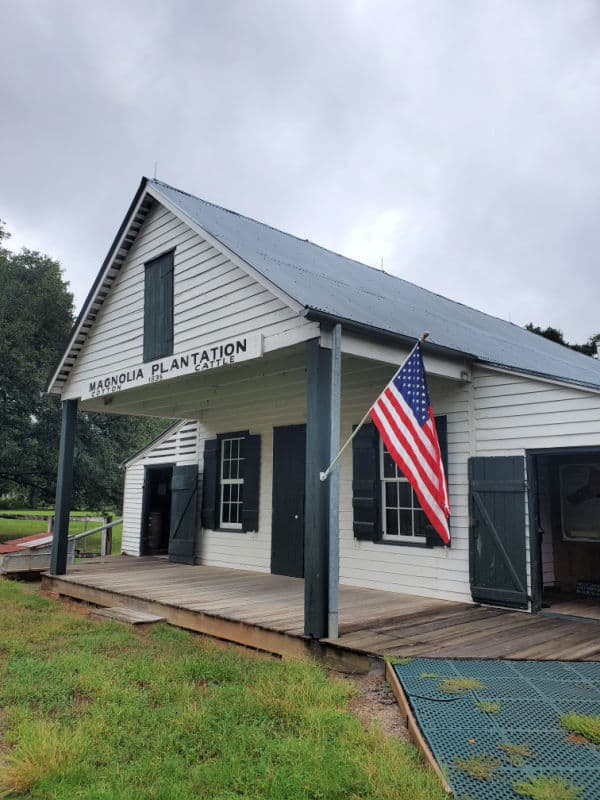
History of Cane River Creole National Historical Park
Cane River Creole National Historical Park is located in and preserves the landscape of the Cane River Region in Natchitoches Parish, Louisiana.
Established in 1994, the park encompasses over 60 acres and includes the site of two French Creole cotton plantations.
These two locations are the most intact French Creole cotton plantations that exist in the United States. These two plantations combined include over 60 historic structure remnants that preserve over 200 years of plantation life.
Historic structures include original outbuildings, overseer's house, log corn crib, along with live oak trees.
The word “Creole” in colonial Louisiana referred to a certain ethnic group whose ancestry was mainly French, African, Spanish or Native American.
Creole Louisiana was a place where class determined social status, and class was determined by family ties in history.
Over the last century, the meaning of Creole has changed due to heritage loss and Americanization. As the Creole culture was extremely family-oriented, the preservation of the historic buildings at this park are thanks to the plantation owners and their years of subsequent descendants.
The two historic plantations located within the Cane River area are the Magnolia Plantation and Oakland Plantation.
The Magnolia Plantation can trace its beginning back to the mid-18th century. In 1753, Jean Baptiste LeComte received a French land grant in Natchitoches Parish. LeComte established what was known as the Shallow Lake Plantation and focused mainly on tobacco.
By the early 19th century the LeComte family was one of the most successful landowning families in the area and was also farming cotton and expanding their land.
In the 1830s Ambrose LeComte acquired the land that became Magnolia Plantation. Over the next 20 years, most of the buildings that still stand today were built there.
By 1960, Ambrose has acquired over 6,000 acres of land and owned 275 enslaved persons, housed by 70 cabins. Ambrose and his wife Julia eventually retired to a home in Natchitoches and left the family business dealings to their son-in-law, Matthew Hertzog.
The LeComte-Hertzog operation was extremely successful until the Civil War when some of the plantation’s buildings and main home were burned to the ground by Union troops.
After the Civil War, the plantation rebuilt what was lost and worked off the basis of the new labor system called sharecropping.
Additionally, the plantation owners and formerly enslaved black workers had to establish a new normal.
Many of the formerly enslaved became sharecroppers, tenant farmers, and day laborers on the land. The cabins which formerly housed the enslaved persons were converted into single family housing.
Advances in technology decreased the need for tenant farmers and by the time World War II was over, so were plantation operations at Magnolia Plantation.
Similar to the Magnolia Plantation, the Oakland Plantation can trace its beginning back to the 18th century with a land grant to the Prud’homme family in 1789.
Emmanuel Prod’homme began purchasing enslaved workers right away as well as building the structures needed. The plantation home was built in 1818 and in 1820, Emmanuel’s son, Pierre Phanor Prud’homme took over managing the plantation.
He became owner of the plantation after his father’s death in 1845. As the LeComtes did, the Prud’hommes first planted tobacco which was followed by cotton. The Prud’hommes were the first family west of the Mississippi River to produce cotton on a large scale.
Oakland Plantation was also affected by the Civil War when Union troops destroyed its buildings, crops and cotton gin. After the Civil War, Pierre’s two sons divided the land and each farmed their share. His son Alphonse named his plantation Oakland.
The Prud’hommes would eventually open a store and post office for tenant and sharecroppers who worked there post-Civil War. By the 1960s, the family’s modernization of the plantation began, replacing the work that was done by mules and humans.
The skills and hardworking nature of the enslaved peoples are evident in the care and strength still seen of the standing structures today.
Many of these enslaved people’s ancestors were the tenants and sharecroppers that remained at the plantation long after the Civil War.
These people were there for the long history of war, peace, and agricultural advances and technologies that shaped and defined plantations in the centuries they operated. In spite of the difficulties throughout the years, the African American community still comprises a large presence in the Can River region.
The picturesque landscape of the Cane River region makes it a beautiful visit to learn and recognize the historic prevalence plantations, Creole culture, and African American slaves had on this area.

Things to know before your visit
Entrance fee
$0.00 - There is no entrance fee to visit the park.
Learn more about National Park Passes for parks that have an entrance fee.
$80.00 - For the America the Beautiful/National Park Pass. The pass covers entrance fees to all US National Park Sites and over 2,000 Federal Recreation Fee Sites for an entire year and covers everyone in the car for per-vehicle sites and up to 4 adults for per-person sites.
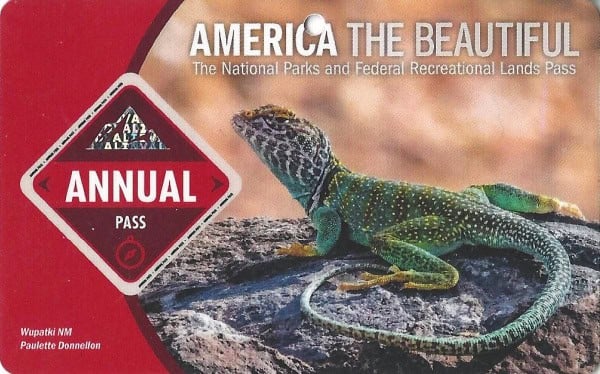
Buy your pass at this link, and REI will donate 10% of pass proceeds to the National Forest Foundation, National Park Foundation, and the U.S. Endowment for Forestry & Communities.
National Park Free Entrance Days -Mark your calendars with the five free entrance days the National Park Service offers annually.
Time Zone
Central Time Zone
Pets
Pets are not permitted in park buildings.
Pets must be kept on a six-foot leash and under physical control at all times while visiting any area of the park.
Cell Service
Check with your provider to verify coverage. Cellular service is available in most nearby communities and along some of the major highways leading to the park. However, areas without coverage exist throughout the region.
Park Hours
The park is open from 9 AM to 3:30 PM except on holidays
Wi-Fi
There is no public Wi-Fi available.
Insect Repellent
Insect repellent is always a great idea when outdoors, especially if you are around any body of water.
We use Permethrin Spray on our clothes before our park trips.
Water Bottle
Make sure to bring your own water bottle and plenty of water with you. Plastic water bottles are not sold in the park.
Parking
The visitor parking lot will be on the left after you pass the main house and after the large curve in the road.
Food/Restaurants
There are no restaurants within the park.
Restaurants nearby include:
Cane River Commissary - 0.7 miles
More restaurants can be found in the town of Natchitoches.
Gas
There is no gas station within the park.
Drones
Drones are not permitted within National Park Sites.

National Park Passport Stamps
National Park Passport stamps can be found in the visitor center.
Cane River Creole NHP is part of the 2008 Passport Stamp Set
We like to use these circle stickers for park stamps so we don't have to bring our passport book with us on every trip.
The National Park Passport Book program is a great way to document all of the parks you have visitied.
You can get Passport Stickers and Annual Stamp Sets to help enhance your Passport Book.
Electric Vehicle Charging
The city of Natchitoches in Louisiana has 24 public charging stations.

Details about Cane River Creole NHP
Size - 63 acres
Check out how the park compares to other National Parks by Size.
Date Established
November 2, 1994
Visitation
In 2021, Cane River Creole NHP had 14,984 park visitors.
In 2020, Cane River Creole NHP had 15,430 park visitors.
In 2019, Cane River Creole NHP had 29,922 park visitors.
Learn more about the most visited and least visited National Parks in the US
National Park Address
The park sits within the Cane River National Heritage Area. The NHA is situated along the Cane River Lake in Natchitoches, Louisiana. This area within the Natchitoches Parish is known for being the intersection of French and Spanish settlements.
Park Addresses/Directions
Oakland Plantation - 4386 Highway 494, Natchez, LA 71456
Magnolia Plantation - 5549 Highway, 119, Cloutierville, LA 71416
National Park Map

Where is Cane River Creole National Historical Park?
Cane River Creole National Historical Park is located within the National Park Service-run Cane River National Heritage Area in Natchitoches Parish in Central Louisiana.
Estimated distance from major cities nearby
- Houston, TX - 230 miles
- Baton Rouge, LA - 245 miles
- Dallas, TX - 275 miles
- New Orleans, LA - 300 miles
- Fort Worth, TX - 305 miles
- Austin, TX - 350 miles
- Memphis, TN - 370 miles
Estimated Distance from nearby National Park
Hot Springs National Park - 245 miles
Congaree National Park - 829 miles
Great Smoky Mountains National Park - 707 miles
Mammoth Cave National Park - 733 miles
Gateway Arch National Park - 650 miles
Guadalupe Mountains National Park - 774 miles
Big Bend National Park - 800 miles
Where is the National Park Visitor Center?
The park does not have a visitor center, though the Oakland Plantation Store is the park's main visitor contact station Wednesday through Sunday.

Getting to Cane River Creole NHP
Closest Airports
- Natchitoches Regional Airport - 10 miles
International Airports
- Dallas/Fort Worth International Airport - 290 miles
- Louis Armstrong New Orleans International Airport - 310 miles
- Memphis International Airport - 380 miles
Regional Airports
- Shreveport Regional Airport - 90 miles
Driving Directions
Oakland Plantation - 4386 Highway 494, Natchez, LA 71456
Directions to Oakland Plantation - take I-49 to Exit 127, Flora/Cypress. Head east on LA Highway 120 toward Cypress. Cross over LA Highway 1 onto LA Highway 494. The parking lot and entrance pavilion for Oakland is 4.5 miles east of Highway 1 on the left.
Magnolia Plantation - 5549 Highway, 119, Cloutierville, LA 71416
Directions to Magnolia Plantation - take I-49 to Exit 119, Derry. Head east on LA Highway 119. Cross over LA Highway 1 and proceed for 1.1 miles. The parking area of Magnolia Plantation is on the right just before the road closure.

Best time to visit
You may visit Creole National Historical Park any time of the year because it offers a diverse range of activities and experiences that are suitable for all seasons
Weather and Seasons
The hot season begins from May 24 to September 23 with an average daily high temperature above 87 degrees.
The cold season begins from November 27 to February 23, with an average daily high temperature below 66 degrees.
The coldest month is January, with an average low of 40 degrees and a high of 60 degrees.

Best Things to do in Cane River Creole National Historical Park
The park does not have a designated park visitor center. The Oakland Plantation Store is the main park visitor contact center.
You can pick up your Junior Ranger program, get a park stamp, and find out more information about the park at the Oakland Plantation Store.
Please note that program schedules are subject to change. For updates visit the parks Facebook page or call 318-352-0383, ext. 316.
Oakland Plantation
Oakland Plantation was founded by Jean Pierre Emanuel Prud’homme when he started farming the area and received a Spanish land grant in 1789.
The plantation was kept within the same family for over two centuries. Eight generations of the French Creole family lived and worked at the Oakland Plantation.
The first crops produced at the plantation were tobacco and indigo. Over time the plantation also produced cotton in the 1800s.
Enslaved African Americans lived and worked on the creole cotton plantations Oakland included. During a visit to the park, you can see the work of enslaved blacksmith Solomon Williams.
Mr. Williams's work can still be seen in the iron latches and hinges, numerous grave crosses within the slave cemetery, and well-drilling tools.
Oakland Plantation still has nearly 60 buildings that have been preserved.
The bottle garden at the front of the main house is filled with 2500 bottles. These bottles include wine, whiskey, champagne, beer, and medicine bottles.
The green torpedo bottles were filled with bitters from Ireland. Everything used at the house was re-used as much as possible.
You can see the white picket fence that was built in 1959. The fence appeared in the movie The Horse Soldiers from 1959 with John Wayne and William Holden. The movie shows the cavalry approaching the main house. The fence was built to keep the horses away from the bottle garden.
The Oakland Plantation main house is filled with house items from many generations. The house was built between 1818 and 1821.
In 1821 there were 4 rooms built with no nails. The wood was grooved together and then cypress pegs were used.
The painted bricks were made in 1821 with soil and clay with Spanish moss and animal hair. The bricks were cured by the sun.
The live oak tree outside the house was planted in 1826.
One cool fact is the windows raise up and you can walk through them. This was done to get around the door tax that was in place.
There are no closets in the house because of a closet tax so the family used armoires.
The portraits in the parlor are original from the 1800s original Prudhoe family.
The final descendants of the family moved out of the main house in 1988.
We learned that the master bedroom bed was built in New Orleans and had to be brought to the house via a steamboat.
Some of the beds in the house were built in the Northeast while others were built in Paris, France and brought over on ships.
The kitchen was added to the house in 1953.

Guided tour of Oakland Plantation
The park offers a couple of different tours of the Oakland Plantation. Size is limited on each tour so make sure you arrive in time to get your name on the list.
We took a guided tour of Oakland Plantation's Main House and it was really interesting. While the tour says it is 45 minutes our tour took closer to an hour. The volunteer who guided the tour was very happy to share ALL thing things they knew about the house.
There are no chairs or places to sit during the walking tour. Please be prepared to stand for the entire tour. Photos were allowed during the tour.
Tour Times (Check the National Park Service Website to confirm times)
Magnolia Plantation
Jean Baptiste LeCompte received a land grant in 1753 and established the foundation for a large cotton plantation. This started the path to the land becoming the Magnolia Plantation.
Magnolia Plantation was established in 1835 by Ambrose LeCompte II and his wife Julia Buard LeCompte.
The LeCompte family acquired multiple properties totaling over 6,000 acres by 1860. They had 275 enslaved persons who processed the cotton and other crops produced on the land.
The enslaved workers lived in 70 cabins on the property. Eight of these cabins still stand on the grounds of Magnolia Plantation.
The plantation went through the Civil War which was incredibly hard on the Lecompte-Hertzog family with many family members killed.
After the war, the plantation changed as the enslaved workers became sharecroppers, tenants, and day laborers.
Currently, there are twenty buildings still standing at the Magnolia Plantation. The main house is privately owned and not open to visitors. The store, overseer's house/hospital, blacksmith shop, tenant cabin, and gin barn are open to visitors.

Cell Phone Tours
The park offers cell phone self-guided tours at both the Magnolia Plantation and Oakland Plantation.
Print the Oakland self-guided map and Magnolia self-guided map or pick them up at the park.
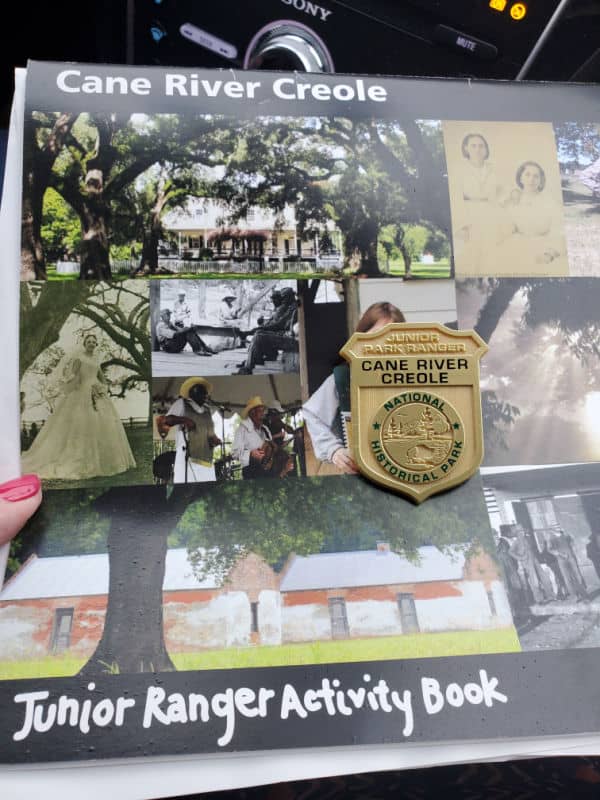
Junior Ranger Program
The Cane River Creole NHP Junior Ranger Program is a great way to learn more about the park. When visiting the park you can pick up the Junior Ranger booklet at the Oakland Plantation Store.
Hiking
Always carry the 10 essentials for outdoor survival when exploring.
There are no specified hiking trails designated in the park. You will want to plan to walk around the park grounds and on the tours.
How to beat the crowds
We did not experience any crowds in the park.
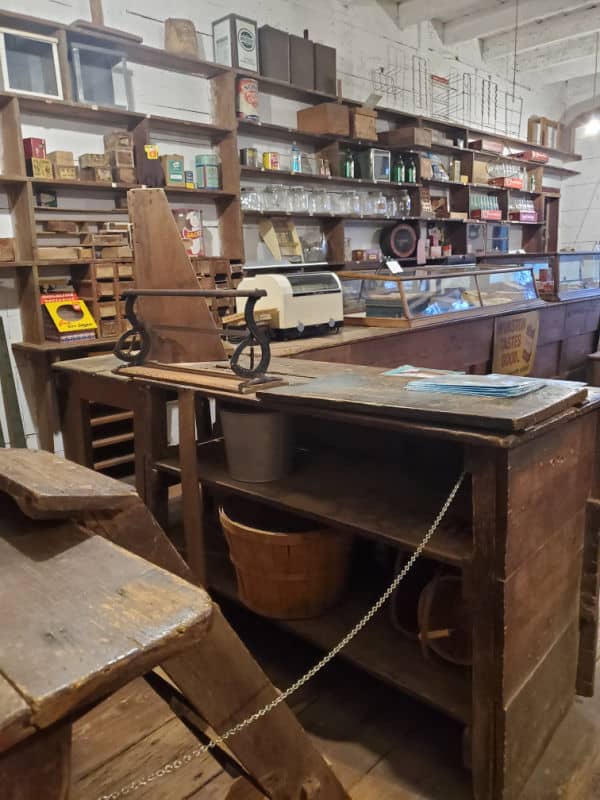
Where to stay/Lodging in Natchitoches
There are no National Park Lodges within the park.
Nearby Lodging in Natchitoches includes:
Church Street Inn - 3.5-star boutique hotel with free breakfast buffet, a terrace, and a bar. Stay connected with free in-room Wi-Fi, and guests can find other amenities such as a conference center.
Chateau Saint Denis - grocery/convenience store, a terrace, and dry cleaning/laundry services. In addition to a fireplace in the lobby and a bar, guests can connect to in-room Wi-Fi (surcharge).
Hampton Inn Natchitoches - Free continental breakfast, dry cleaning/laundry services, and a gym are just a few of the amenities provided at Hampton Inn Natchitoches. Free in-room Wi-Fi is available to all guests, along with a business center and a snack bar/deli.
Holiday Inn Express Hotel & Suites Natchitoches - Free to-go breakfast, dry cleaning/laundry services, and a gym are just a few of the amenities provided at Holiday Inn Express Hotel & Suites Natchitoches, an IHG Hotel. In addition to a business center and a restaurant, guests can connect to free in-room Wi-Fi.
Fairfield Inn & Suites Natchitoches - Free continental breakfast, dry cleaning/laundry services, and a gym are just a few of the amenities provided at Fairfield Inn & Suites Natchitoches. Free in-room Wi-Fi and a business center are available to all guests.
Click on the map below to see additional vacation rentals and lodging options.
Camping
There are no National Park campgrounds within the park.
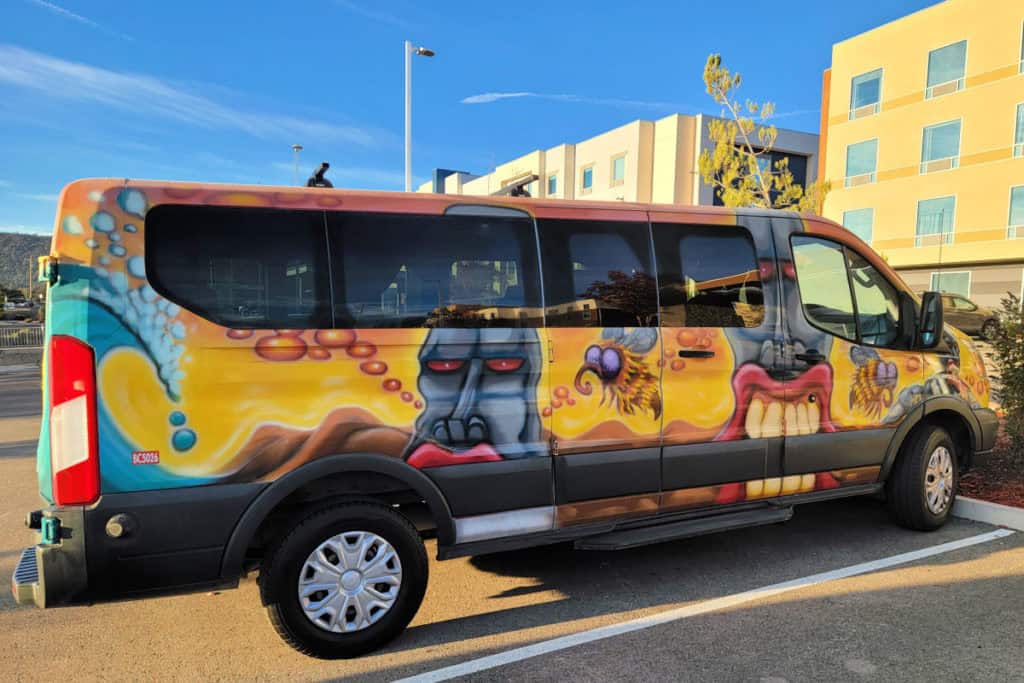
For a fun adventure check out Escape Campervans. These campervans have built in beds, kitchen area with refrigerators, and more. You can have them fully set up with kitchen supplies, bedding, and other fun extras. They are painted with epic designs you can't miss!
Escape Campervans has offices in Vancouver, Seattle, Portland, San Francisco, Las Vegas, Los Angeles, Phoenix, Salt Lake City, Denver, New York, and Orlando

Parks Near Cane River Creole National Historical Park
Poverty Point National Monument
Natchez National Historical Park
Vicksburg National Military Park
Waco Mammoth National Monument
President William Jefferson Clinton Birthplace Home National Historic Site
Check out all of the National Parks in Louisiana and neighboring Mississippi National Parks, Arkansas National Parks, and Texas National Parks.
Check out all of the National Historical Parks managed by the NPS
There are quite a few National Parks in the Southeast US
Make sure to follow Park Ranger John on Facebook, Instagram, Pinterest, and TikTok

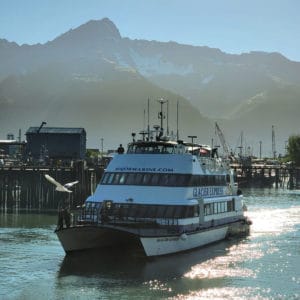

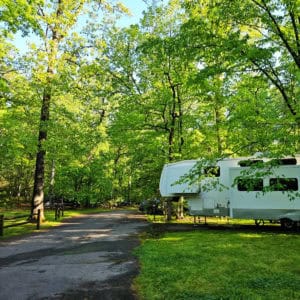

Leave a Reply